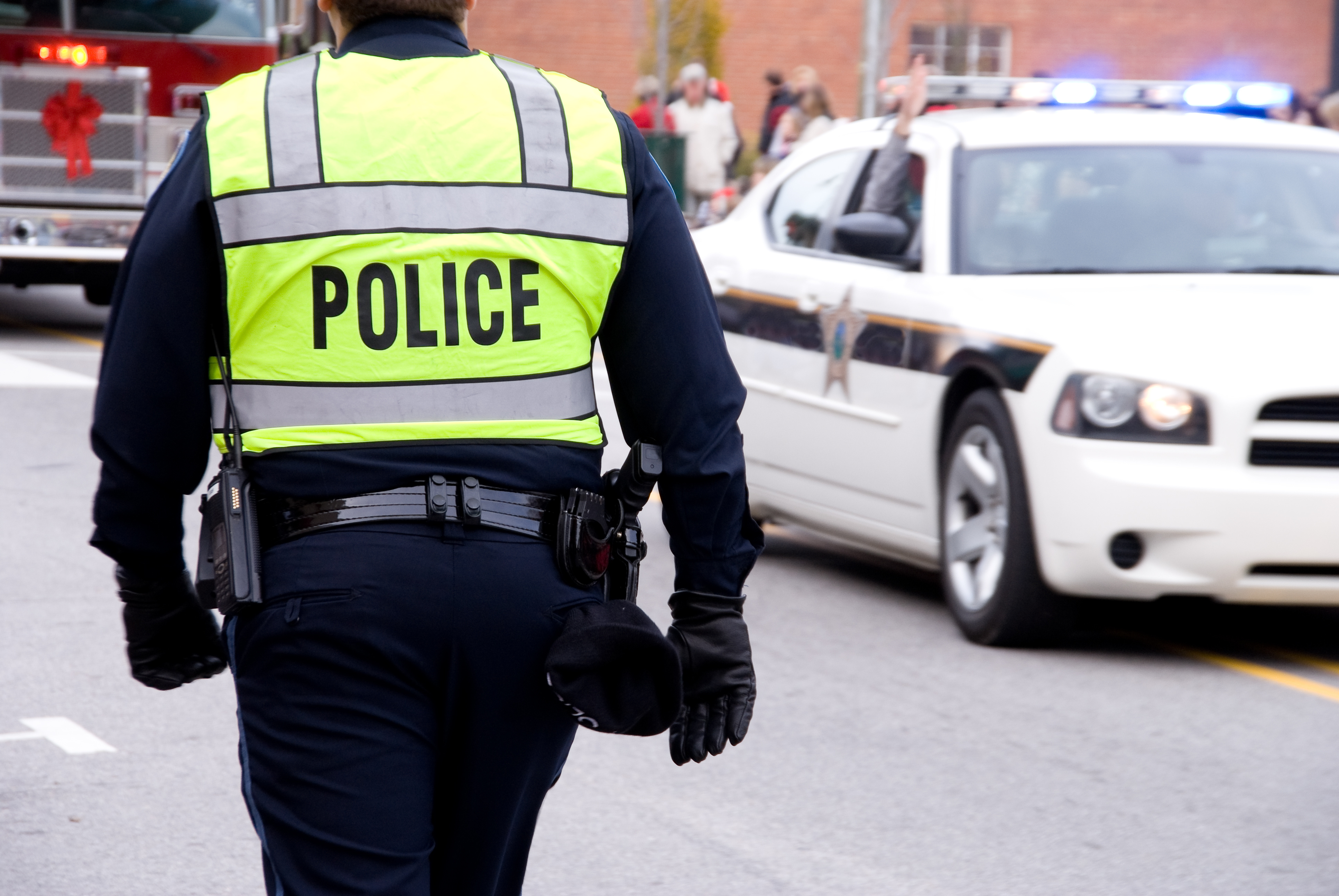Regardless of whether a lockdown is initiated because of an active intruder, an anonymous threat, or Mother Nature, it’s essential to have a plan in place to best manage the emergency situation at hand. This holds true for virtually any facility where large numbers of people live, work and play during the course of their everyday lives. It’s the new reality we all have to live with.
But emergency planning is a difficult task, as all schools and facilities are different, which means there’s no “one size fits all” lockdown protocol. Emergency responses need to reflect differences in facility design, size, location, etc., as well as the capabilities of local law enforcement and emergency personnel. While standard lockdown procedures may seem excellent in theory and work smoothly during practice drills, significant issues may arise when emergency responses are initiated during a real incident.
Since the focus of a lockdown is on locking doors, covering windows, and moving occupants to the safest locations in each room, it is often impossible for first responders to know the status and situation of occupants trapped in locked rooms. This makes it challenging to determine the appropriate response to a situation, which may create delays that could potentially place occupants in greater danger.
To minimize unnecessary delays and ensure the most efficient and effective emergency response, there are four key elements facilities should include in their lockdown planning:
- Consult and collaborate with local law enforcement officials on crisis planning.
A 2015 education industry study conducted by Motorola found that while 97% of the surveyed schools have a safety plan in place, only 50% of those plans include both school personnel and public safety. It’s quite possible that a school’s internal emergency protocol for students, staff and visitors could be in direct opposition to that used by first responders to address emergency situations. The resulting confusion could increase risk that further jeopardizes the safety and security of all involved. Creating emergency response plans must be a collaborative effort between schools and responders. Once put into place, plans must be practiced through drills with emergency responders, including hospitals and other local emergency management agencies.
- Provide first responders with a direct connection to your emergency status system.
In order to determine the best course of action during an emergency, first responders require as much real-time information as possible. The more details they have, the more effective the response will be. In an emergency, every second counts, so it is crucial that responders are able to gather information about occupants’ location and current status as quickly as possible. Making that critical information accessible on a secure status system is vitally important, and making the system remotely accessible by first responders will significantly contribute to the success of emergency response.
- Deploy hallway sensors and/or cameras to track intruders and/or other responders.
Having information on occupants’ physical location is one piece of the information puzzle that first responders need. Another critical component is being able to locate and track an intruder within a building prior to arriving on site. It’s also critical to track responders once they’ve entered the building. Hallway sensors and video surveillance cameras can help immensely by providing real-time information on the whereabouts of individuals as they move throughout the building.
- Implement private, two-way communication with locked-down areas.
Situational awareness during an emergency is further heightened by communication. The ability to communicate with occupants – particularly those in locked-down areas during an emergency – adds critical information to strengthen responders’ situational awareness. And although most schools have public address systems, they are not a viable option. When these systems are used to provide building-wide updates to occupants, they also provide an intruder with information. A private two-way solution allows communication with locked-down areas without alerting intruders, while improving the ability of first responders to maintain order, even as they attend to critical situations.
Including these four key elements in emergency planning will enhance the safety and security of any facility, and provide first responders with the real-time information they need to best manage the situation.
